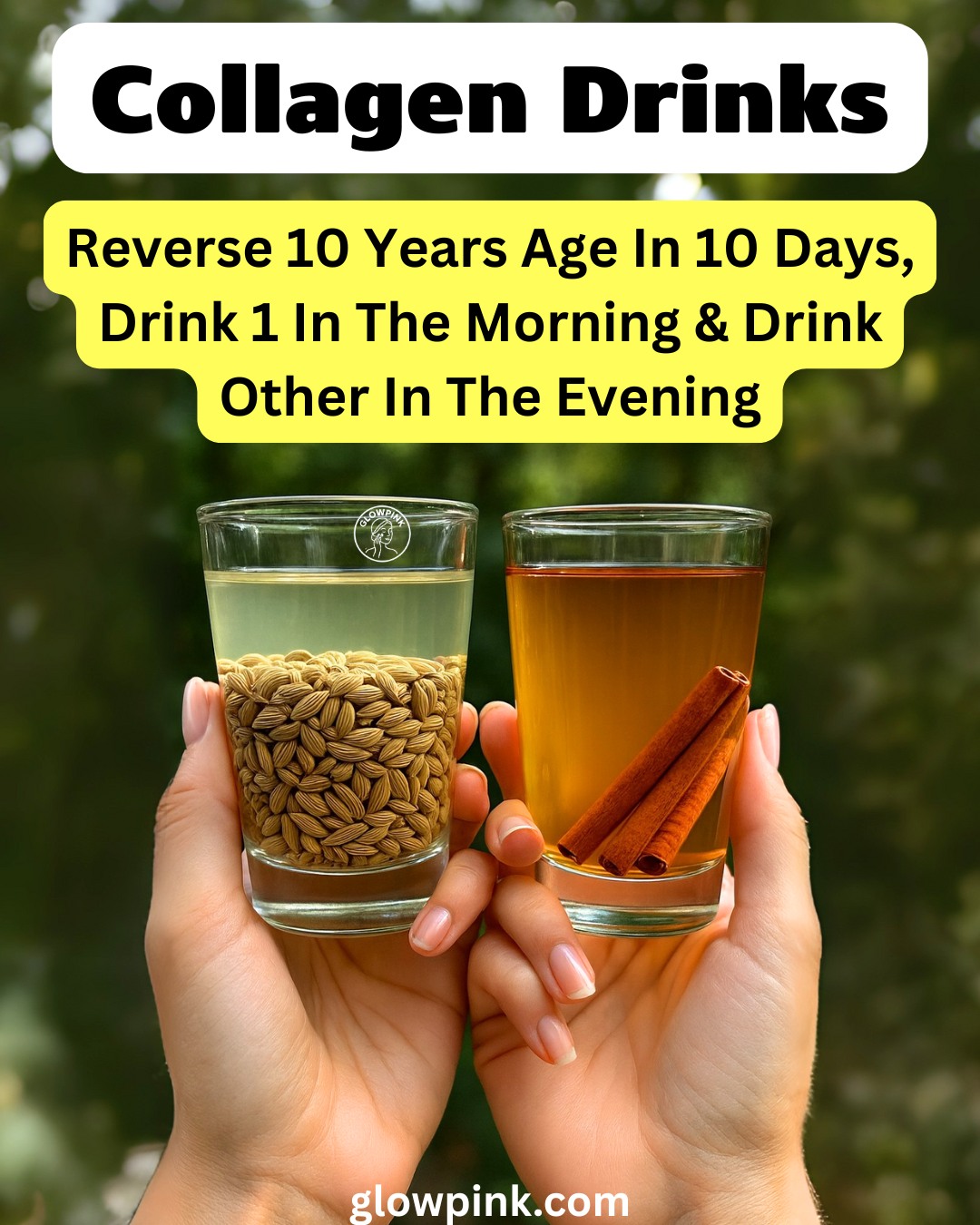-
Sip warm after meals or mid-morning.
-
For a cooler version, brew double strength, chill, then pour over ice with lemon slices.
-
Target 1–2 cups daily alongside a protein-rich diet (dal, eggs, paneer, tofu, fish).
Benefits
-
Antioxidant support: Cumin, cloves, and fennel are naturally rich in protective plant compounds that help shield skin from everyday oxidative stress.
-
Digestive comfort: A settled gut supports better nutrient absorption, indirectly feeding skin health.
-
Vitamin C synergy: Adding lemon or amla supplies vitamin C, which your body uses during collagen formation.
-
Hydration boost: It’s still water—steady intake helps maintain a plump, dewy look.
-
Gentle detox rhythm: The warming spices encourage circulation and a sense of lightness post-meal.
Note: Cloves are potent. Stick to culinary amounts (2–3 buds per serving). If you have dental, bleeding, or liver concerns, or take anticoagulants, keep the dose mild and consult your clinician if unsure.
DIY Drink 2: Cinnamon Glow Tonic (Prefer Ceylon Cinnamon)
Ingredients (makes 2 cups)
-
Ceylon cinnamon stick – 1 medium (or ¾ tsp Ceylon powder)
-
Fresh ginger – 5–6 thin slices
-
Lemon or amla juice – 1–2 tsp
-
Whole cloves – 1–2 (optional depth)
-
Raw honey – 1–2 tsp, to taste
-
Optional: star anise (½ pod) or tulsi/holy basil leaves (3–4) for aroma and calm
Procedure
-
Add cinnamon, ginger (and optional clove/star anise) to 2 cups water.
-
Simmer gently 10 minutes until aromatic; let rest 5 minutes.
-
Strain, cool slightly, then stir in lemon/amla and honey.
Instructions
-
Enjoy mid-afternoon when sugar cravings hit.
-
For summer, chill the brew and top with cold water and a squeeze of lemon.
-
Aim for 1 cup daily; consistency matters more than intensity.
Benefits
-
Antioxidant & anti-inflammatory support: Cinnamon brings soothing warmth and protective polyphenols that help defend the skin’s collagen matrix.
-
Metabolic balance: When used regularly as part of an overall healthy routine, cinnamon can complement steadier post-meal energy—less sugar spiking means less stress on skin proteins.
-
ADVERTISEMENT

